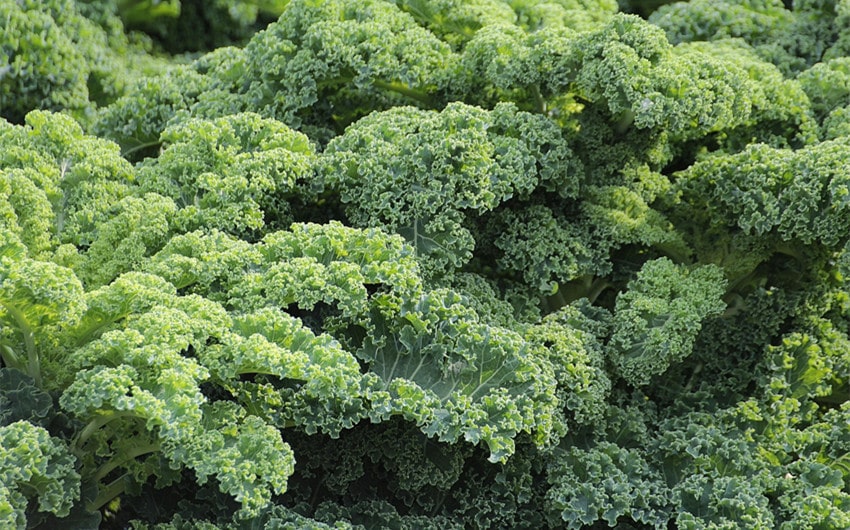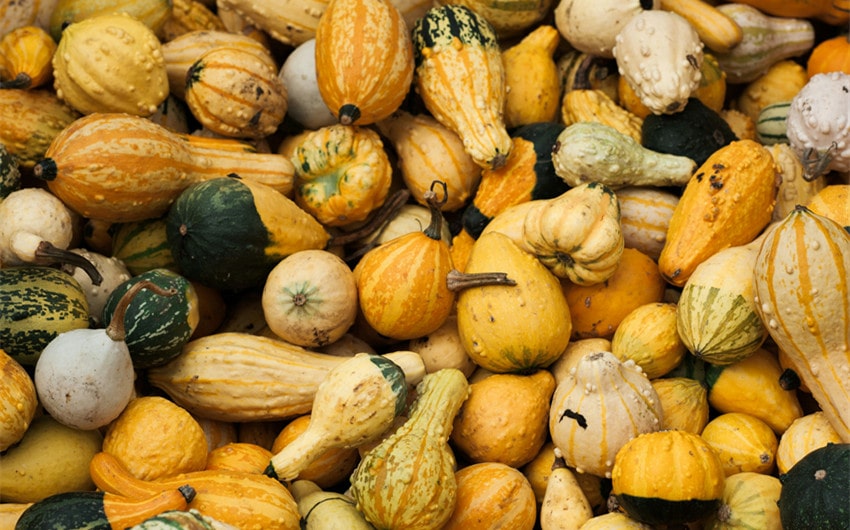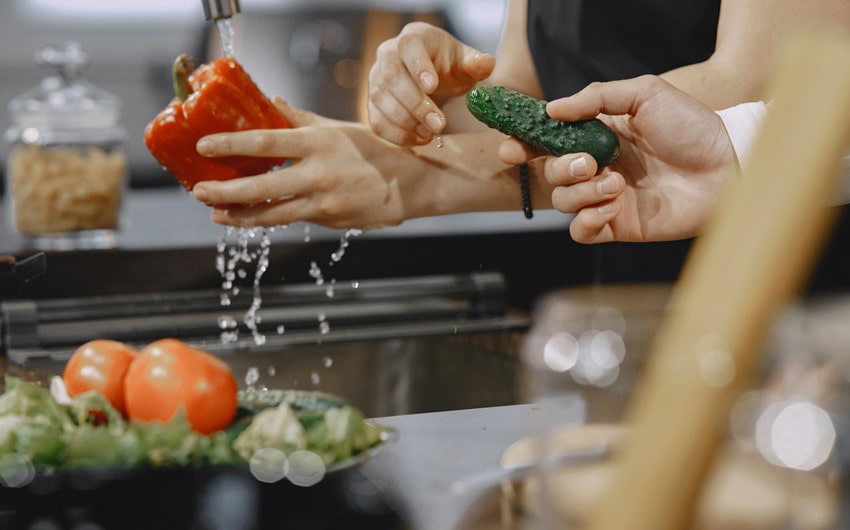What Vegetables Can Tortoises Eat? Top 13 Healthy Choices
Feeding your tortoise a healthy, balanced diet is key to their long-term health and happiness. As a responsible pet owner, you might find yourself wondering, “What vegetables can tortoises eat?” Knowing which vegetables are safe and nutritious is essential for providing the best care.
Vegetables play a vital role in a tortoise’s diet, offering the vitamins and minerals they need to thrive. In this article, we’ll explore the best vegetable options for your tortoise and how to prepare them, ensuring your shelled friend stays healthy and content.
Safe Vegetables for Tortoises
A balanced diet for your tortoise should include a variety of safe, nutritious vegetables. Below, we’ll explore different categories of vegetables that are particularly beneficial for tortoises, along with examples and specific benefits.
A. Leafy Greens

Leafy greens are a staple in a tortoise’s diet, providing essential vitamins and minerals that support their overall health.
1. Kale
Kale is rich in vitamins A, C, and K, as well as calcium, which is vital for healthy bones and shell development in tortoises. It also contains antioxidants that help protect against cell damage. While kale is highly nutritious, it should be fed in moderation due to its oxalate content, which can interfere with calcium absorption if consumed in large amounts.
2. Collard Greens
Collard greens are another excellent source of calcium, which is essential for preventing metabolic bone disease in tortoises. They are also high in fiber, aiding digestion and promoting a healthy gut. The high vitamin K content in collard greens supports blood clotting and bone health, making them a great regular addition to your tortoise’s diet.
3. Mustard Greens
Mustard greens offer a peppery flavor that some tortoises enjoy, along with a rich supply of vitamins A and C, which are important for eye health and immune function. They also contain glucosinolates, which may have cancer-preventive properties. However, like kale, mustard greens contain oxalates, so they should be offered as part of a varied diet.
4. Dandelion Greens
Dandelion greens are a favorite among tortoises due to their slightly bitter taste. They are packed with vitamins A, C, and K, and are a good source of calcium and iron. These greens also have diuretic properties, which can help maintain proper kidney function. Their high calcium content makes them particularly beneficial for growing tortoises and those that are laying eggs.
B. Root Vegetables

Root vegetables can add variety to a tortoise’s diet, offering different textures and nutritional benefits.
1. Carrots
Carrots are rich in beta-carotene, which the body converts into vitamin A, essential for healthy vision, skin, and immune function. The crunchiness of carrots can also help maintain a tortoise’s beak, preventing overgrowth. However, due to their higher sugar content, carrots should be fed in moderation.
2. Parsnips
Parsnips provide a good source of fiber, which aids digestion and helps maintain a healthy gut flora. They are also rich in vitamins C and K, as well as folate, which supports cellular function and tissue growth. Their natural sweetness makes them a palatable choice for tortoises, but like carrots, they should be offered occasionally rather than as a staple.
3. Turnips
Turnips are low in calories but high in nutrients, including vitamins C and B6, calcium, and potassium. They are a good source of antioxidants, which help protect cells from damage. The leaves of turnips can also be fed and are rich in calcium, making them a doubly useful vegetable for tortoises.
C. Squashes and Zucchinis

Squashes and zucchinis are versatile vegetables that offer hydration and essential nutrients.
1. Butternut Squash
Butternut squash is a nutrient-dense vegetable rich in vitamins A and C, which support immune health and skin integrity. It also contains potassium, which is important for muscle function. The soft texture of cooked butternut squash makes it easy for tortoises to eat and digest, and its natural sweetness often makes it a favorite.
2. Zucchini
Zucchini is low in calories and provides a good source of vitamin C, potassium, and fiber. It has a high water content, which helps keep tortoises hydrated, especially in dry climates or during the hot summer months. Zucchini is gentle on the digestive system and can be fed raw or lightly steamed to soften it for easier consumption.
3. Acorn Squash
Acorn squash is rich in dietary fiber, which aids digestion and prevents constipation. It’s also a good source of vitamins A and C, as well as magnesium, which supports muscle and nerve function. The flesh of acorn squash can be served cooked and mashed, providing a tasty and nutritious addition to your tortoise’s diet.
D. Other Safe Vegetables

Variety is key to a balanced diet, and these additional vegetables can help round out your tortoise’s meals.
1. Bell Peppers
Bell peppers are high in vitamin C and beta-carotene, which support the immune system and promote healthy skin. Their vibrant colors—red, yellow, and green—can make meals visually appealing for tortoises. Bell peppers also have a crunchy texture that helps with beak maintenance. They are low in calories and can be offered regularly in small amounts.
2. Cucumbers
Cucumbers are primarily water, making them an excellent hydrating vegetable for tortoises, especially in hot weather. They also contain a small amount of fiber and vitamin K. While cucumbers are not highly nutritious, they are a good way to add moisture to your tortoise’s diet and can be mixed with other vegetables.
3. Green Beans
Green beans are a good source of fiber, vitamins A and C, and folate. They are low in calories and easy to digest, making them a suitable vegetable for regular feeding. The crunchy texture of raw green beans can also help maintain dental health by preventing beak overgrowth. Green beans can be fed raw or lightly steamed.
Vegetables to Avoid

While many vegetables are safe and beneficial for tortoises, certain ones should be avoided due to their potential health risks. Here’s a closer look at some common vegetables that are unsafe for tortoises and why they should be excluded from their diet.
Rhubarb
Rhubarb is highly toxic to tortoises and should never be fed to them. The leaves of the rhubarb plant contain high levels of oxalic acid, which can bind with calcium in the body and lead to severe health issues, including kidney failure and metabolic bone disease.
Even a small amount of rhubarb can cause symptoms like drooling, weakness, and gastrointestinal distress, potentially leading to death if not treated immediately. Due to its extreme toxicity, it’s crucial to keep rhubarb completely out of reach of tortoises, especially if they have access to outdoor areas where rhubarb might be growing.
Onions and Garlic
Onions and garlic belong to the Allium family and contain thiosulfates, compounds that are toxic to tortoises. These substances can cause oxidative damage to red blood cells, leading to hemolytic anemia, a condition where the red blood cells are destroyed faster than they can be produced.
Symptoms of poisoning from onions or garlic include lethargy, weakness, and loss of appetite, and if consumed over time, these vegetables can lead to serious health problems or death. Given their potential for harm, onions and garlic should be strictly avoided in a tortoise’s diet, and care should be taken to avoid any cross-contamination in food preparation.
Potatoes
Potatoes, while not toxic, are unsuitable for tortoises due to their high starch content, which can lead to digestive issues such as bloating, diarrhea, and impaction. Tortoises have a digestive system that isn’t designed to handle large amounts of starch, and feeding them potatoes can disrupt their gut flora and cause discomfort.
Additionally, potatoes offer little nutritional value for tortoises and can contribute to an imbalance in their diet. For these reasons, it’s best to avoid feeding potatoes to tortoises and instead focus on vegetables that provide more appropriate nutrients.
Spinach
Spinach is often considered healthy for humans, but it’s not recommended for tortoises due to its high oxalate content. Oxalates can bind with calcium in the digestive tract, preventing its absorption and potentially leading to calcium deficiencies over time.
This can contribute to metabolic bone disease, a serious condition that affects bone density and overall health in tortoises. While a small amount of spinach may not cause immediate harm, regular feeding should be avoided to prevent long-term health issues, especially when there are safer, more calcium-rich greens available.
Iceberg Lettuce
Iceberg lettuce is another vegetable that should be avoided in a tortoise’s diet, primarily due to its low nutritional value. Composed mostly of water, iceberg lettuce offers minimal vitamins, minerals, or fiber, which are essential for a tortoise’s health.
Overreliance on iceberg lettuce can lead to nutritional deficiencies and digestive issues, as it doesn’t provide the necessary fiber to support their slow digestive systems. While it might offer hydration, there are far better choices for your tortoise’s diet, making iceberg lettuce an unnecessary and potentially harmful option if used regularly.
Preparing Vegetables for Tortoises

Proper preparation of vegetables is essential to ensure your tortoise receives the maximum nutritional benefits while avoiding any potential risks. Here’s how to clean, chop, and serve vegetables to keep your tortoise healthy.
A. Washing and Cleaning
Always wash vegetables thoroughly to remove dirt, pesticides, and other chemicals. Tortoises are sensitive to toxins, so even trace amounts of pesticides can be harmful. Rinse vegetables under cold running water, and consider using a water and vinegar solution for extra cleaning. Organic vegetables are preferable, but they should still be washed well to ensure they are safe for consumption.
B. Chopping and Sizing
After washing, chop the vegetables into small, bite-sized pieces that are easy for your tortoise to eat. Leafy greens can be torn into smaller portions, while root vegetables like carrots should be thinly sliced or grated. Proper sizing helps prevent choking and makes the food more manageable, ensuring your tortoise gets the full nutritional benefits.
C. Raw vs. Cooked
Feeding raw vegetables is generally best, as cooking can reduce their nutrient content. Raw vegetables retain more vitamins and minerals, which are essential for your tortoise’s health. However, in some cases, lightly steaming hard vegetables like squash can make them easier to eat without losing too much nutritional value. Avoid adding oils, salts, or seasonings if you choose to cook the vegetables.
D. Mixing and Presentation
Variety is key, so mix different types of vegetables to provide a range of nutrients. Serve the vegetables in a shallow dish or directly on a clean surface within the enclosure to prevent substrate ingestion. Rotating different vegetables daily keeps your tortoise interested and ensures a balanced diet.







